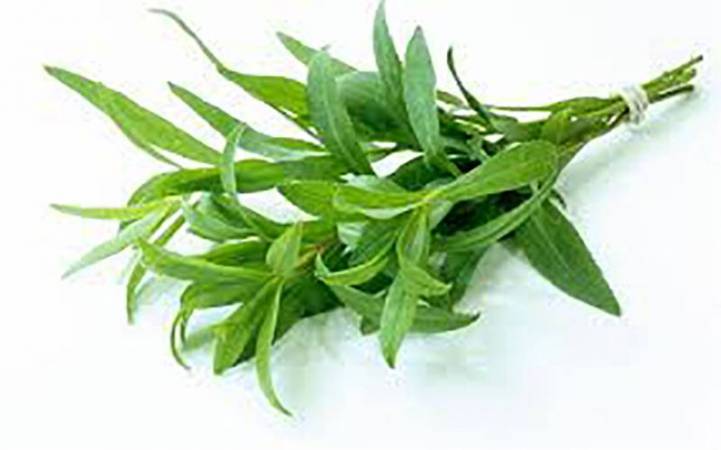Welcome Sign in
Product successfully added to your shopping cart
There are 0 items in your cart. There is 1 item in your cart.
Tarrogon - Artemesia dracunculus
Tarragon has a spicy scent with undertones of licorice. It is supportive to the digestive system and acts as a good deodorant.
New
Data sheet
| County of Origin | USA |
| Therapeutic Properties | Anti-septic, Anti-spasmodic, Carminative, Digestive tonic, Diuretic, Emmenagogic, Stimulant, Stomachic |
| Botanical Family | Asteraceae |
| Chemical Family | Ethers |
| Approx. Shelf Life | 5 years |
| Plant Parts | Leaves |
| Note Classification | Top | Middle |
| Method of Extraction | Steam Distilled |
| Blends well with | Lavender, Pine,Birch Sweet. |
More info
History: The name is derived from the Arabic word 'Tharkhoum' and the Latin word 'Dracunculus' meaning 'little dragon' - probably because of the way the root seems to coil up like a dragon.
Characteristics: Tarragon has a richly sweet, anise-like (black licorice), green scent with spicy tones.
Clinical Studies:
Indications: The therapeutic properties of Tarragon, as claimed by aromatherapists, are as an anti-rheumatic, digestive, deodorant, emmenagogue, stimulant and vermifuge agent. There is also documentation indicating that it may be a menstrual regulator.
Personality Profile:
Subtle Aromatherapy:
Mode of Administration: Aroma lamp, bath (with proper supervision), compress, diffusor, inhaler, light bulb ring, massage, mist spray.
Safety: Tarragon is a non-irritant and non-sensitizing essential oil. Nonetheless, it can be moderately toxic due to the methyl chavicol in the oil. Therefore, it should be used in dilution and avoided completely during pregnancy.



